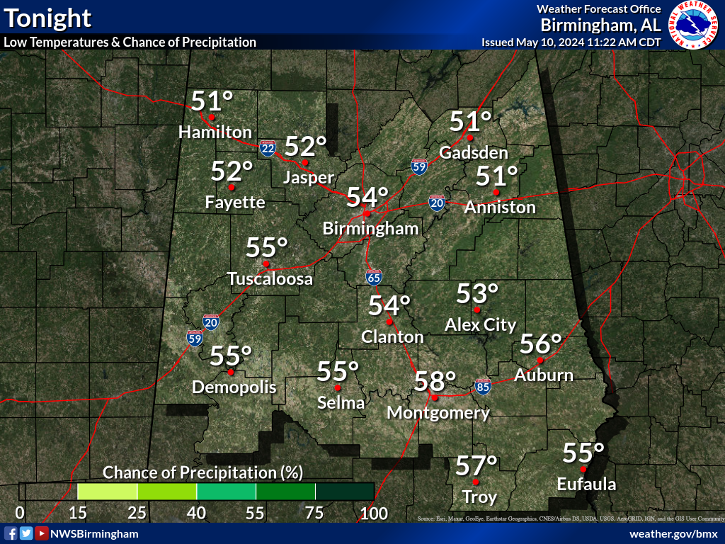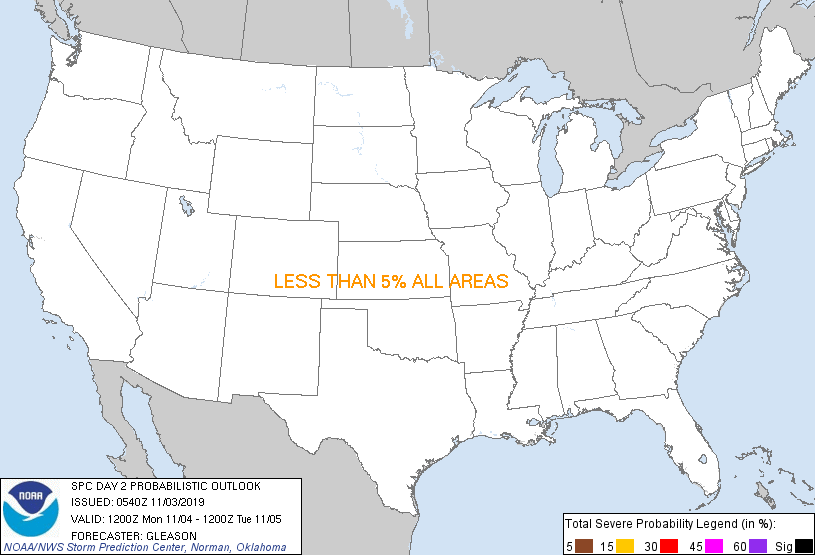I think this could be our first real good threat around here.
Looking more likely disco from Owen at BMX laying out the probs.
Later Monday morning into the early afternoon, the upper low
intensifies and the surface low deepens. This will bring a dryline
boundary across the MS River Valley and through MS by Monday
afternoon. Ahead of this dryline, models are in decent agreement
right now with the moisture rebound and afternoon destabilization
across Central AL. MUCAPE values in both the GFS and ECMWF are 1500-
2000 J/kg with surface based CAPE exceeding 1500. Surface winds are
backed to the south for most of the area, with some spots forecast
to see more southeasterly winds according to the GFS. These backed
surface winds, coupled with the flow around the deepening upper low
will result in a fairly deep shear. 0-6km Bulk shear is around 55-
65kts with 0-3km being 40-50kts. Essentially, the forecast
hodographs have good curvature and SRH values are greater than 300,
which would support rotating updrafts. I`m not overly impressed with
the strength of the LLJ that both the GFS and EC are showing, but
that wouldn`t prevent a severe threat. The biggest uncertainty right
now is the Sunday night/Monday morning MCS. Timing and location of
that MCS will almost fully determine where and what kind of severe
threat we`ll see on Monday afternoon/evening. The MCS could very
well cut us off and limit any destabilization, but for now the
models show moisture and instability building back in. Because of
that, and with the models now showing more backed surface winds and
better low level shear, I will change the severe thunderstorm threat
in the HWO to a tornado threat and increase the confidence slightly
(to a 2). At this time, all modes of severe weather look possible
(damaging hail, wind, and tornadoes) for Monday afternoon/evening.
We`ll need to monitor model trends in the next couple of days to
determine specifics on timing and location.
























